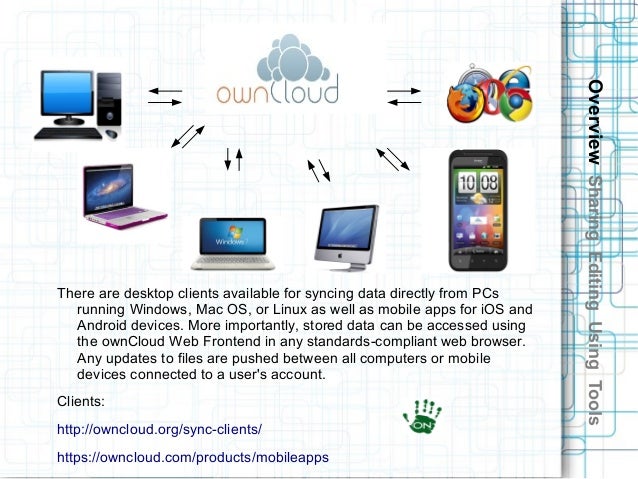

How to Upgrade ownCloud 9 to ownCloud 10 on Ubuntu 16.
#UNINSTALL OWNCLOUD INSTALL#
Install ownCloud Server on Debian 10 Buster OwnCloud installation guide Other Related Tutorials You can navigate through the dashboard to learn one or two things about ownCloud. Using the Univention Management Console, there are two paths to upgrade an existing ownCloud installation: In-place Upgrade (for 10.0 users) Uninstall the. OwnCloud is now installed successfully on CentOS 8. Login with you admin credentials to get to ownCloud dashboard. Next, click Finish Setup to complete the configuration of ownCloud on CentOS 8. Enter the database connection details that were created above. The ownCloud data directory is set to /var/Choose your database backend, in this demo, MariaDB is used. Click storage & database drop down button. Next, configure your database configuration settings. To finalize ownCloud configuration setup, access ownCloud from the browser Create ownCloud admin username and password.
#UNINSTALL OWNCLOUD HOW TO#
You can always consult /var/log/audit/audit.log file for any denied requests and use audit2why to see how to fix. If SELinux is running, run the command below to enable Apache to write to ownCloud configuration directory. vi /etc/httpd/conf.d/nf ĮrrorLog /var/log/httpd/_error.logĬustomLog /var/log/httpd/_access.log combinedĬheck Apache configuration syntax for any errors. Therefore, if you do not want to use the default Apache configuration, simply create a VirtualHost configuration as shown below. When installed, ownCloud creates a default web root directory under /var/www/html/owncloud/. mysql -u root -p show variables like 'log_bin' +-+-+ġ row in set (0.003 sec) Create Apache VirtualHost Configuration file for ownCloud echo -e "\nskip-log-bin" > /etc/my.cnf systemctl restart mariadb When using MariaDB/MySQL as ownCloud database backend, it is recommended that you disable binary logging to avoid data loss when load is high if you are not running any replication. mysql -u root -p create database ownclouddb grant all on ownclouddb.* to identified by " " flush privileges Login to MariaDB database server and create ownCloud database and a database user with all the privileges granted on the ownCloud database. Configuring ownCloud on CentOS 8 Create ownCloud Database and Database User You simply grab the url of the rpm binary and install it as follows dnf localinstall You can as well install ownCloud using its binary package which can be downloaded from if you do not want to install the repositories on your system. Install ownCloud Server dnf install owncloud-files Install ownCloud Using RPM Binary Package Install ownCloud repository on CentOS 8 dnf config-manager -add-repo Install the ownCloud repository signing key. Therefore, you need to install ownCloud Repository on CentOS 8.


 0 kommentar(er)
0 kommentar(er)
